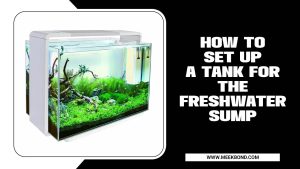Fish growth refers to the gradual increase in a fish’s size and weight. Various factors, including species, age, diet, and environment, can affect growth.
Measuring fish growth is vital for assessing the health and productivity of fish populations, with length-weight relationships and otolith analysis being common methods used for measurement. As a fish farmer or researcher, measuring fish growth rates is crucial for evaluating fish health and determining stock management strategies.
However, measuring fish growth rates accurately can be challenging due to various factors like environmental conditions, food quality, and genetics. We will cover everything you need to know about how to measure fish growth rates.
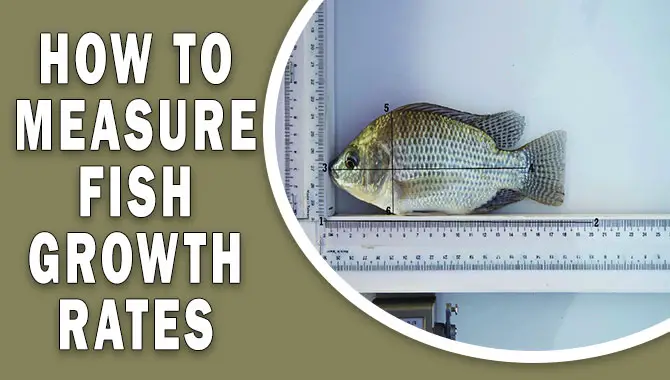
Tools For Measuring Fish Growth
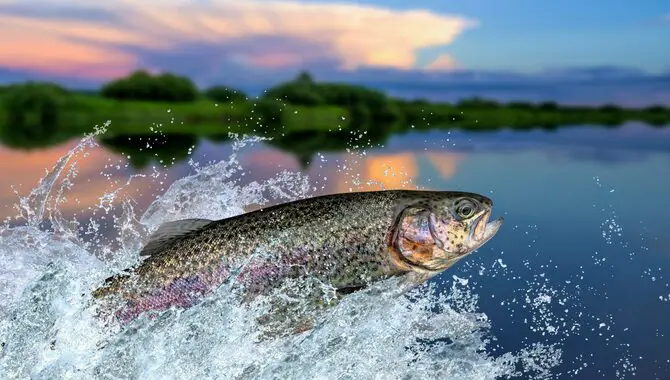
When measuring fish growth rates, having the right tools at hand is essential to ensure accurate and reliable measurements. Here is a list of tools commonly used to measure fish growth rates. By utilizing these tools, researchers, fisheries managers, and fish enthusiasts can gather accurate and valuable data on fish growth rates, contributing to a better understanding of fish populations and their dynamics.
- Length board or ruler: A length board or ruler with precise markings is used to measure the length of the fish. It provides a standardized measurement from the snout to the tail, allowing for consistent comparisons.
- Digital calipers: Digital calipers are highly accurate measuring instruments that precisely measure fish length. They have fine measurement increments, making them suitable for measuring small fish or capturing intricate details.
- Weighing scale: A weighing scale is necessary to measure the weight of the fish. It can be a balance beam scale, a spring scale, or a digital scale, depending on the size and weight range of the fish being measured.
- Measuring tape: A flexible measuring tape can be used as an alternative to a longboard or ruler, especially for larger fish species. It allows for quick and convenient measurements of the fish’s total length.
How To Measure Fish Growth Rates – In 10 Steps
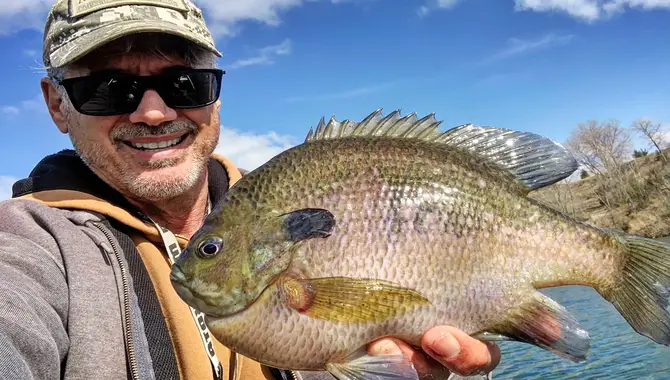
Measuring fish growth rates is important in fisheries management and scientific research. By tracking fish growth over time, valuable insights about population dynamics and health can be gained. Here is a step-by-step guide on how to measure fish growth rates. By following these steps, you can effectively measure fish growth rates and contribute to the knowledge and management of fish populations.
1.Select A Representative Sample
Selecting a representative sample of the target population is essential to measure fish growth rates accurately. The sample size should sufficiently provide reliable data without affecting the overall population. Choose individuals of different sizes and ages for a more accurate assessment of growth rates across the population.
2.Measure Initial Length And Weight
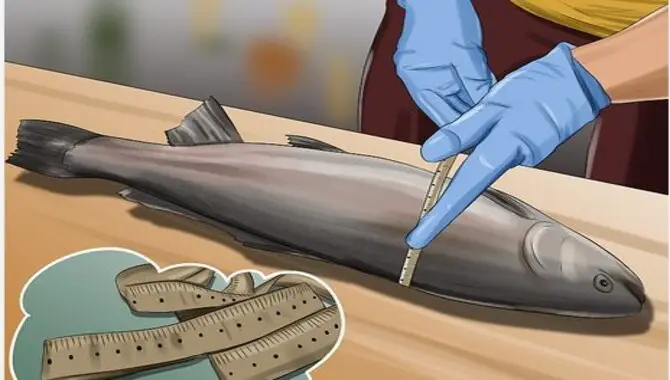
When measuring fish growth rates, it is important to start by measuring the initial length and weight of the fish. This provides a baseline for tracking growth over time. To measure length, place the fish on a flat surface and use a ruler or measuring tape to measure from the tip of the snout to the end of the tail fin. For weight, use a scale specifically designed for weighing fish.
Place the fish in a water container on the scale and record the weight. These initial measurements will provide valuable data for monitoring and analyzing growth rates in fish populations. By keeping accurate records of length and weight measurements over time, researchers can gain insight into factors such as feeding habits, environmental conditions, and genetic influences that affect fish growth rates.
3.Establish A Measurement Interval
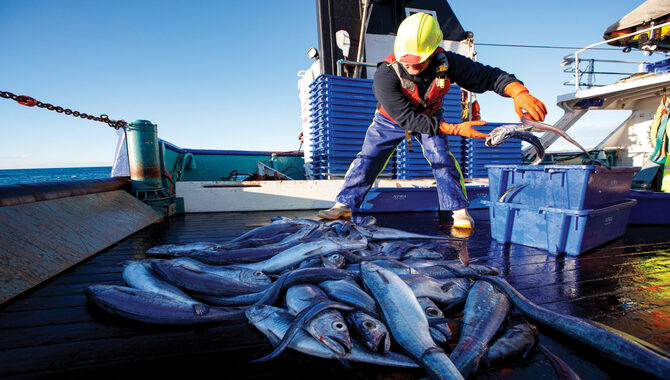
Establishing a measurement interval is essential when measuring fish growth rates. The interval should be consistent and based on the growth rate of the specific species being studied. For example, if studying a fast-growing species, measurements should be taken more frequently than for a slower-growing species.
Measuring the same individual fish each time is important to ensure accurate data collection. The chosen measurement method should also be consistent, whether it is total length or weight. Researchers can closely monitor growth rates and make informed decisions about feeding and other management practices for farmed or wild fish populations by establishing a measurement interval and method.
4.Monitor Growth Over Time
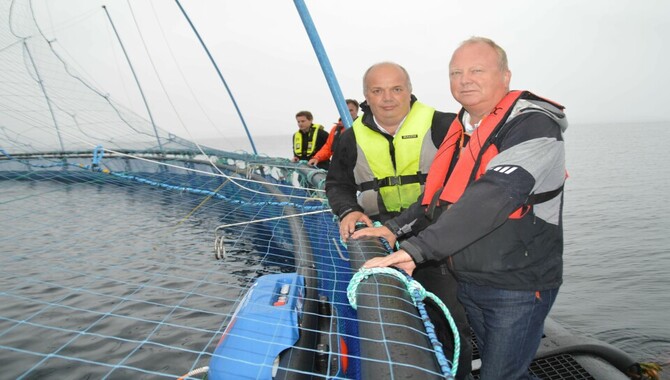
When measuring fish growth rates, it is important to monitor growth over time to assess the fish’s health accurately. By tracking growth on a regular basis, you can identify any potential problems early on and take steps to correct them before they become more serious.
This can include adjusting feeding schedules, water quality, or other environmental factors that may be impacting growth rates. Monitoring growth over time also allows you to compare growth rates between different fish or groups of fish.
Which can provide valuable insights into their overall health and well-being. Additionally, tracking growth over time can help you determine when to move your fish into a larger tank or pond as they continue to grow and thrive. Overall, monitoring growth over time is essential to measuring fish growth rates and ensuring the long-term health of your aquatic pets.
5.Calculate Growth Increments
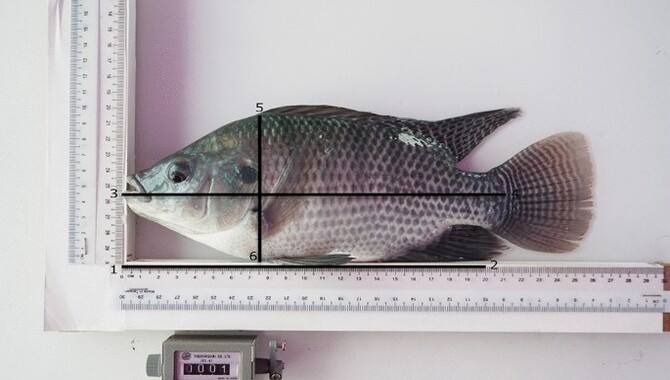
Once you have established a consistent measurement method and monitoring schedule. The next step in measuring fish growth rates is calculating growth increments. Growth increments are the differences in length or weight between two consecutive measurements of the same individual fish. By calculating these increments over time, researchers can determine the rate at which the fish grows.
This information can be used to make informed decisions about feeding, stocking densities, and other management practices for farmed or wild fish populations. It is important to record and analyze growth increments carefully to ensure the accuracy and reliability of data. With this information in hand, you can make informed decisions
6.Analyze And Interpret Data
After collecting and calculating growth increment data, the next step is to analyze and interpret it. Look for patterns in growth rates, such as seasonal fluctuations or differences between individuals or groups of fish. Consider any environmental factors that may be influencing growth rates, and adjust management practices accordingly if necessary.
In addition, compare your results to published growth rate data for the species of fish you are monitoring. This can provide valuable context and help identify potential issues or improvement areas. Overall, careful analysis and interpretation of growth rate data can inform important decisions about the health and well-being of your fish population.
7.Determine Growth Rate
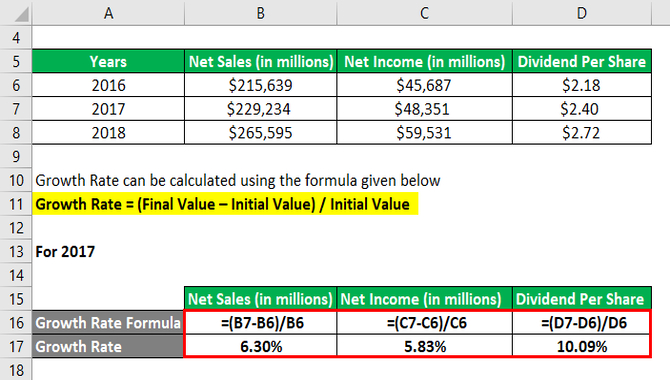
Once you have collected growth increment data, it’s time to determine the growth rate. To do this, divide the total increase in length or weight by the number of days between measurements. This will give you the average daily growth rate for each fish. Consider any anomalies or outliers in your data that may affect accuracy. By determining growth rates, you can assess the health and productivity of your fish population and make informed decisions about their care and management.
8.Consider Additional Factors
While analyzing and interpreting fish growth rate data, it is important to consider additional factors that may affect your fish population’s growth. These factors could include water temperature, pH levels, oxygen levels, and food availability.
Understanding these influences on fish growth can help you make informed decisions about management practices and ensure the health and well-being of your fish population. It is also important to monitor these factors to assess any changes or trends that may impact your fish growth rates.
9.Statistical Analysis
After determining the growth rate and considering any relevant factors, you can perform statistical analysis on your data to identify patterns and trends. This can include calculating means, standard deviations, and correlations between variables.
These statistical insights can help inform decisions about fish management practices and identify potential areas for improvement in your operation. However, it is important to remember that statistical analysis should be accompanied by careful interpretation and consideration of contextual factors to avoid misinterpreting results.
10.Report And Use Findings
Once you have analyzed and interpreted your fish growth rate data, it is important to report your findings and use them to inform your management practices. This could include adjusting feeding schedules or water quality conditions, implementing selective breeding programs, or increasing or decreasing population densities.
By using the insights gained from monitoring and analyzing fish growth rates, you can ensure the sustainability and productivity of your fish operation. Additionally, reporting your findings to industry organizations or scientific journals can contribute to the broader understanding of aquaculture practices and drive innovation in the field.
Conclusion
Measuring fish growth rates is essential for various applications such as fisheries management, aquaculture, and research. It helps in evaluating the health of fish and their populations. Different methods to measure fish growth rates include length-based, weight-based, and age-based measurements.
The accuracy of the measurements is crucial, and it’s important to record and analyze the data using growth curve analysis and growth rate calculations. Environmental factors, food availability, and genetic factors are some factors that influence fish growth rates. By following the above guide on how to measure fish growth rates, you will know what steps to take next for your fish.
Frequently Asked Questions
What Are The Benefits Of Measuring Fish Growth Rates?
Measuring fish growth rates has several advantages. It helps assess the overall health of fish populations, evaluate the success of management strategies, and identify environmental factors impacting growth. Accurate measurements enable informed decisions for sustainable fisheries management.
What Are Some Common Methods For Measuring Fish Growth Rates?
Fish growth rates can be measured through different methods, including length and weight measurements, otolith analysis, mark and recapture studies, and electronic tagging. Each method offers unique insights into a fish’s growth trajectory and can help inform management decisions.
What Are Some Potential Applications Of Accurate Fish Growth Rate Evaluations In The Fishing Industry?
Accurate evaluations of fish growth rates can have various applications in the fishing industry, from ensuring sustainable fishing practices to forecasting yields and identifying environmental stressors. This information is crucial for effective fisheries management and conservation efforts.
What Tools And Techniques Can Be Used To Measure Fish Growth Rates Accurately?
Commonly used methods include measuring length and weight to measure fish growth rates. Additional techniques like otolith analysis can provide data on age and growth. Essential tools for precise measurements include digital calipers, scales, and microscopes. It’s crucial to track growth rates over time to understand population changes continuously.
What Are Some Common Mistakes To Avoid When Measuring Fish Growth Rates?
To accurately measure fish growth rates, avoid measuring right after feeding, calibrate the measuring device, ensure the fish is relaxed, and take multiple measurements over time. These practices will account for natural variations and prevent errors caused by distended stomachs or stress-induced changes.

Aquarium passion is all about connecting with the aquatic life and providing education to the public on the importance of these creatures. We showcase a wide variety of marine life through our exhibits as well as working with schools to provide unique learning opportunities for students of all ages.






